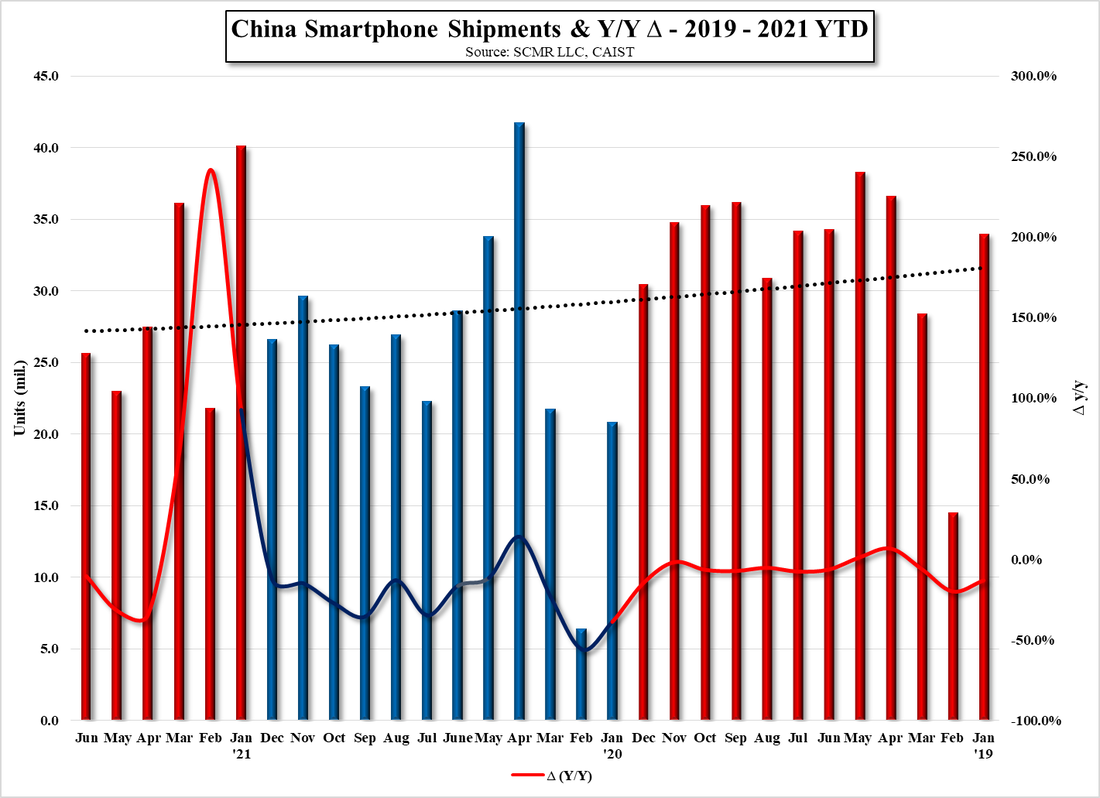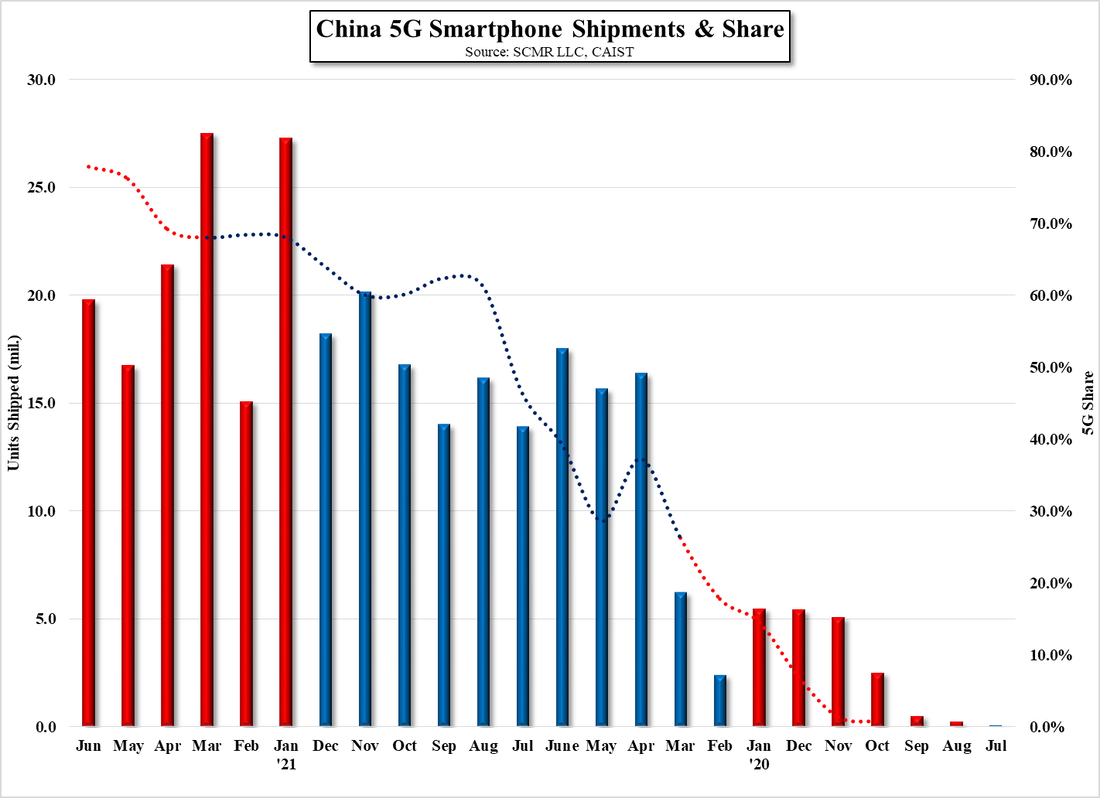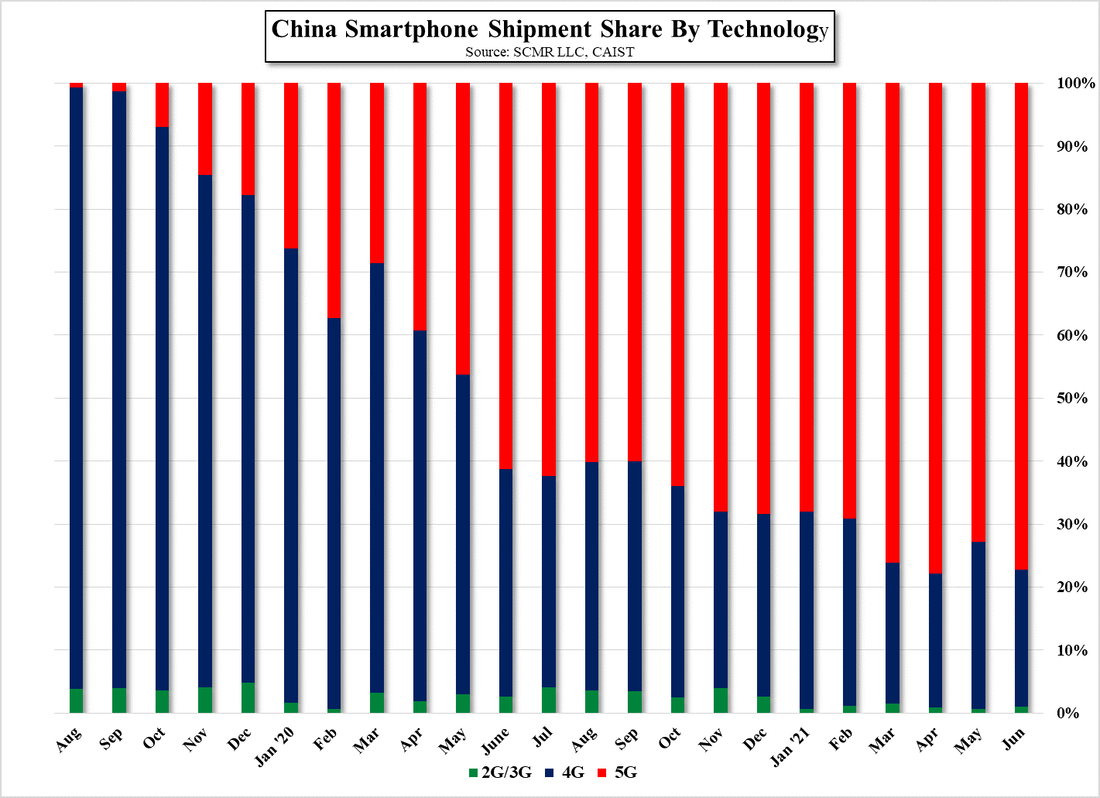China Smartphone Shipments - PreliminaryWhile unconfirmed by the Chinese government (longer than usual delay) we expect March smartphone shipments were ~24m units, below the 29m units we had expected. This would put 1Q smartphone shipments in China at 71.9m units if confirmed. While this is a 61.5% increase on a m/m basis, it represents a 33.5% decline y/y and is the 8th quarter in a row of declining y/y smartphone shipments in China. We will publish charts when the data is confirmed by the Chinese government. 2Q, based on potential COVID-19 lockdowns, is expected to be down 5% to 6% y/y, although there is little that these estimates are based on given the stringent restrictions China places on COVID-19 breakout cities.
0 Comments
OLED Smartphone Shipments & More… |
AuthorWe publish daily notes to clients. We archive selected notes here, please contact us at: [email protected] for detail or subscription information. Archives
May 2025
|
















 RSS Feed
RSS Feed